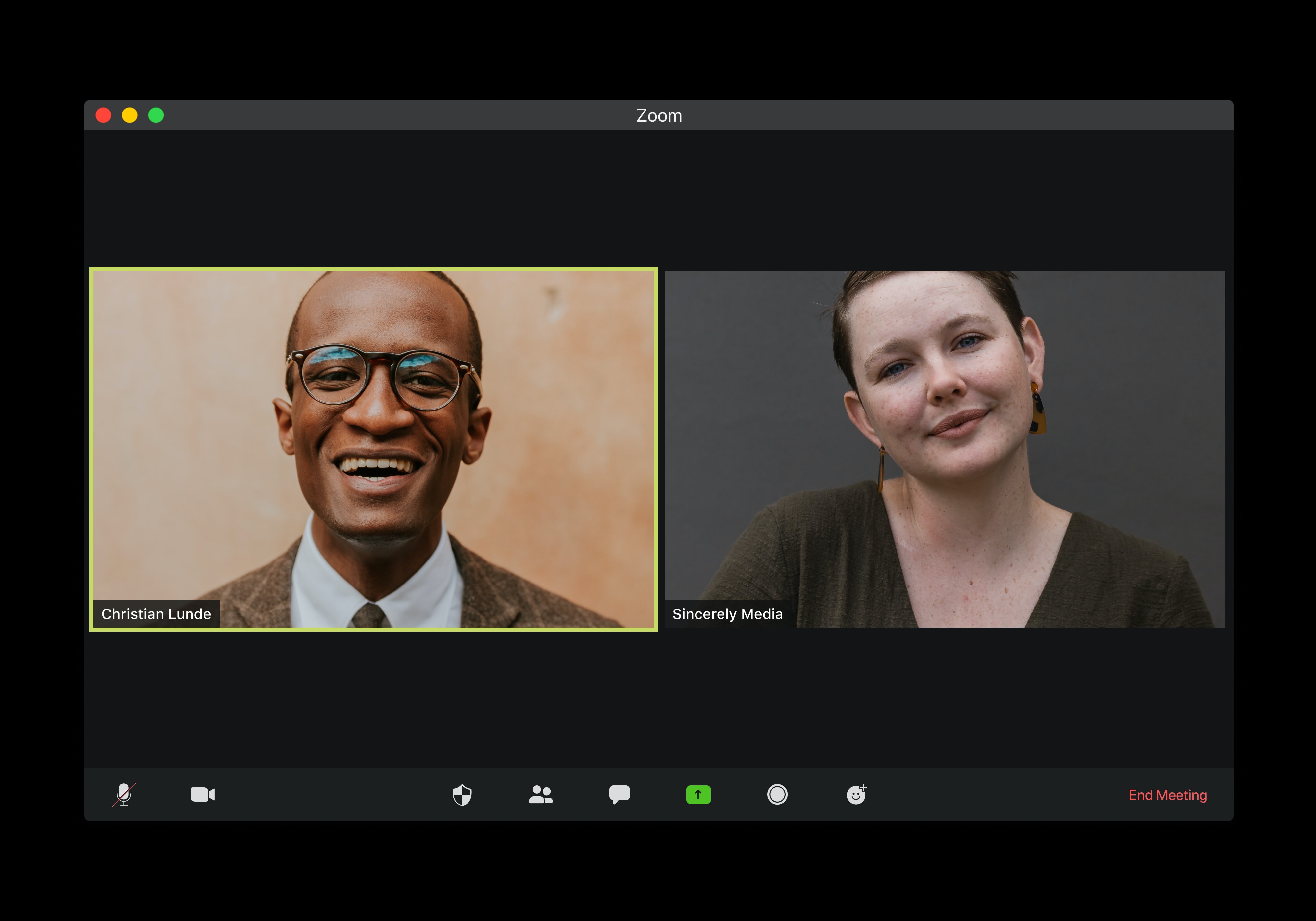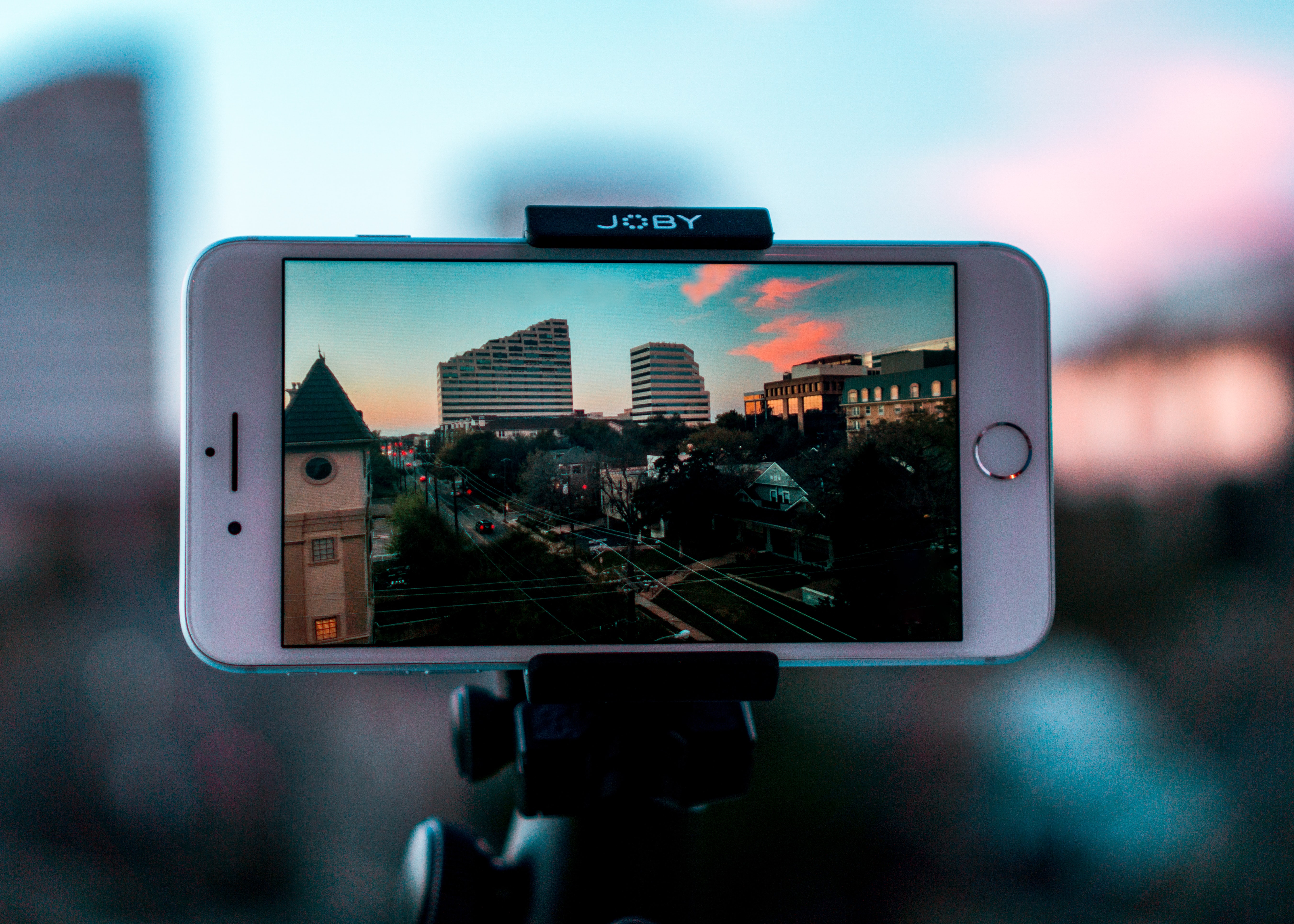You’ve heard of user generated content, right? Well, what about employee generated content?
Defined as any form of content that is created and distributed by your internal workforce, employee generated content is a powerful new vein of brand advocacy, the crossroad where employee advocacy meets user generated content, and the simplest and most accessible form of marketing. Your pool of creators – or colleagues – are on hand at any time to promote your brand… and, of course, they’re experts in your field.
With every new talented professional that joins the team, your brand becomes a household name amongst their friends and family. With every post they share about their career development, they advertise your company as the hot new place to work. With every conversation they have at a bar or party that starts with ‘so, what do you do?’ they disseminate your brand name that little bit further. And, bit by bit, their connections’ loyalty to them becomes loyalty to your brand, too. After all, it’s not just your sales team’s responsibility to drive leads.
So, how can you and your organisation leverage the power of employee advocacy and EGC to take your brand awareness to the next level and transform incidental advocacy into strategic advocacy? Here are the top tips you need to know…

Why it works
Authenticity
When 84% of consumers trust the recommendations of family and friends over anyone else, your employees hold a position of trusted influence. Consumers are valuing authenticity at the heart of advocacy as we enter an era of distrust, and when 92% of our insight community are sceptical of fake news and propaganda on social media, never have real voices been so precious.
Your employees are trusted insiders of your brand. Gen-z have lost trust in official messages, and your employees can offer a relatable perspective that is hard to come by. Hootsuite agrees, arguing that consumers trust a regular employee over the CEO. They’re experts on the brand – but they’re also human – and 94% of our insights community said authenticity in branding mattered to them.
As Forbes says, “Real people with actual experience. That’s who we all want to hear from when we’re deciding whether or not to enter our credit card information to purchase that new product or service.”
And when 76% of our insight communities said they’d promote a brand if they liked it enough, the potential for that authentic advocacy is huge.
"If a brand is talked about and recommended by friends and family, I'm much more likely to buy into it. I would also offer my opinion of brands I've had a good experience with to my loved ones."
Bulbshare user, Female, 45, 🇬🇧

Amplification
Content is king, it’s a given. We’ve all heard that B2B buyers don’t engage with your salesperson till they’ve read 13 pieces of content, or that a cold lead only becomes warm after absorbing ample newsletters, blogs, and social media posts of yours. In fact, 75% of B2B buyers and 84% of C-level executives use social media while making purchasing decisions [BusinessWire] and according to SpencerXSmith, potential customers do 57% of their research before reaching out to you.
When your colleagues become content creators, you can amplify the amount of content your brand is pumping out. From a TikTok ‘day in the life’ made by your marketing assistant on their social media that shows what they get up to on the job, to a guest blog appearance by the CEO, to a post shared by your Product Director discussing a blog post that resonates with them, your team is a network of influencers in their own right.
This abundant source of fresh ideas from all kinds of minds means you aren’t just making more content, you’re making more varied content. The engineer or researcher that never normally interacts with the marketing processes might have a totally different perspective on how to create content. Tap into that!
Plus, taking advantage of the huge resource you already have within your team takes little to no new expenditure.

Awareness
An ‘everyone sells’ mentality is crucial for your brand. When your employees promulgate your content to their connections, not only do they provide that crucial authentic voice, they provide a whole new audience of eyeballs for your site. On average, your total employee social media reach is ten times that of your brand, with a better chance of engagement [LinkedIn]. When 79% of our insight community think unsponsored advocacy is the future, it’s time to ride the wave.
"To me, brand advocacy is having a great feeling about a brand because of who they are and sharing that with others."
Bulbshare user, Female, 30 🇬🇧
"I feel like it means someone fully supports a brand, their actions, beliefs and most importantly, their products. And they actively spread information and try to sell people on their brand."
Bulbshare user, Female, 27 🇨🇦
Humanisation
In an increasingly remote world, employee generated content bridges the gap between your brand and its customers. Consumers want to see the human side of your organisation, and your team can do exactly that. By giving a face to your brand, you increase brand loyalty, humanise your offering, and form a meaningful connection between customer and creator. After all, 81% of consumers like to feel connected to the brands they buy from.
“ I like to connect to a brand.”
Bulbshare user, Female, 37, 🇵🇱
“It gives you more of an understanding of the brand and gives you more of a connection to the brand and to the item which you’d be buying.”
Bulbshare user, Female, 18, 🇬🇧
“Because I think that is what fosters a strong brand connection to its consumers, builds trust and builds brand loyalty.”
Bulbshare user, Male, 28, 🇲🇽
Empowering
Alongside all of those other amazing benefits, EGC is an opportunity to reward and showcase your amazing employees. 84% of people want to be involved in the decision making processes of brands, and by empowering your employees to represent the brand, you give them recognition for the impact they’re having.

Best in class examples
EA
Electronic Arts launched their ‘EA Insiders’ programme in 2014, which employees from around the globe used to connect. Within a short period of time, employees were talking about how much more connected they felt with each other and were sent official certificates for membership. With leaderboards and contests to spur friendly competition, it was the perfect forum for global team building. It generated tens of thousands of social shares and reached a network of 1.1M.

Dell
Dell is a pioneer in employee advocacy. They launched a training program for their employees in social media and community, which encouraged them to find and share content relevant to Dell. As the former head of Dell’s program, Amy Heiss put it:
“One of the big tenets of our social media and community training is that we want people to post 80% about topics that are informative, helpful and relevant to our customers or are personally interesting to our employees, stuff that reflects their own interests. Only 20% of the content they share should actually be about Dell.”
The programme drove thousands of clicks back to Dell.com.

Hewlett Packard Enterprise
HPE’s employee advocacy strategy was successful in extending their social reach. HPE offered incentives for social sharing and guided employees on the best techniques for social networking.

Reebok
Reebok encouraged their employees to share their passion for fitness through a provocative hashtag (#fitASScompany), allowing them to track the content employees are sharing. Reebok encouraged real authenticity in these posts, and the results saw hundreds of posts around weight-lifting, running, and cycling primarily through networks such as Facebook and Instagram.

Starbucks
For anyone that read our blog on the 10 UGC pioneers, Starbucks’s advocacy initiatives will come as no surprise. Referring to their employees as ‘partners’, they launched their partners program in which they encourage every colleague to pour their heart and soul into the job and live out the Starbucks mission. They allowed these partners to make posts following the Starbucks guidelines onto their very own dedicated Instagram page, starting challenges that could go viral. One example of this is their #ToBeAPartner trend, which began by sharing pictures of employees online. As a result, their staff turnover is at an industry record low.
They also feature an employee spotlight on their site, highlighting key partners making a splash in the coffee world.

BGC
Boston Consulting Group amplified Asian voices during a peak in anti-Asian violence. They shared quotes from Asian employees, empowering their staff to talk about their experiences and look to future change.

MasterCard
MasterCard collaborates with hundreds of its employees through their ambassador program, encouraging them to post text, images and video to their social accounts. It came as a direct result of their ambition to prioritise talent development. It recognises that its workforce is one of its strongest assets.

Adobe
More than 30% of Adobes’s global employees have undertaken training after the head of social realised that one employee’s efforts on social media were driving more success than their branded channels. They launched their Social Shift Program, which educates employees on company social media guidelines, shares best practices and helps them become ambassadors for the brand. Adobe Life, their blog, aims to share behind the scenes of what it’s like to work at Adobe, and their contests around social sharing promote high level engagement.

How to integrate employee advocacy into your campaigns
- Identify employees who are keen to be involved. As the very first step for EGC, you’ll need to put the feelers out to find out. Don’t force it – it’s not a chore but a team building exercise.
- Educate your staff on the brand. Before you unleash hundreds of employees loose on social media, make sure they’ve had training on your brand guidelines and social media conventions.
- Guest blogs from colleagues. A powerful way of levelling up your usual thought leadership is to invite experts within your team to get involved. Your employees and colleagues are a fountain of knowledge – they know the brand best. From featuring quotes in your white papers to encouraging them to write an entire piece themselves, your colleague can be your content inspiration, your guru and your muse.
- Webinar appearances. Again, your colleagues are experts in your field. Give them a platform and a voice to discuss something they have strong opinions about or knowledge on. Your content and marketing teams aren’t by any means the only ones who can get involved in these activities!
- Social posts. It can be as little as a like or as powerful as a share, so long as your employees are engaged in your social media posts, you have a loyal fanbase to guarantee interaction and promote your content to a wider audience. Think of it as a web, with every colleague that presses like on the company LinkedIn post promulgating it to a network of hundreds of potential leads.
- Create slack channels for your employees to share their content in. By creating dedicated forums for employees to create, collaborate and share content in, you encourage EGC – and with it, team building. Have dedicated spaces and times for your colleagues to set aside all their other responsibilities and just have fun doing something creative together. EGC is best when it comes from a place of genuine brand love.
- Give your employees free reign of your Instagram account for a day. Consider Instagram and Twitter take overs by employees. Let them have complete control of social media for the day, posting updates to stories and talking about both what it’s like to work at the company and what the brand mission means to them. They should start by sharing who they are, what job they do, and a fun fact to humanise your company with.
- Meet the team posts. Another fantastic way of personifying the brand and showcasing the talent behind the products and services is to share meet the team posts. Ask your employees some fun and engaging questions about their hobbies and interests and watch as the engagement rolls in.
- Recognise and reward. The colleagues who are most active on LinkedIn should be praised for the extra mile they go to promote the brand. You can encourage them through monetary incentives, fun rewards such as experience days or hampers, and verbal praise such as shout outs in team meetings.
- Create an employer brand ambassador network. Create momentum for your employee advocacy by gathering all your best EGC creators into a network where you offer training and rewards for their efforts. By bringing them together, you boost team morale and give them an opportunity to collaborate on content creation.

The importance of a brand they can believe in
Employee advocacy only happens if your employees genuinely do advocate for your brand. They won’t do the legwork for a brand they don’t believe in.
This means that before you can start encouraging your employees to shout about how much they love their work on LinkedIn, you need to make sure that they really do love their work.
However, with job satisfaction dropping and The Great Resignation looming post-pandemic, it’s never been more important to check that your employees genuinely love your brand. According to the recruitment firm Randstad, 69% of workers are feeling confident about moving to a new role in the coming year and 24% are planning to change in the next three to six months – which is double previous years. So, how do you ensure your employees really are advocates?

Work / life balance
The worker of today is demanding balance. 2 in 3 of our insights community worked from home this year and half are still remote working – and whilst remote work offers many work/life balance benefits, it can still be a little remote. Our insights community voted that tech issues were the biggest blockade to teamwork, with the lack of human connection and office banter coming in second and lack of workload visibility being the third biggest obstacle. Moreover, 42% feel it is difficult to separate work and home life whilst working from home.
However, 64% hope to work from home in the future, and your brand needs to facilitate this whilst still finding ways to foster EGC and team collaboration. EGC, thankfully, can be used as a way of forging connections between team members who are disconnected by remote work. In this respect, employee advocacy is a self-perpetuating cycle, with staff who love their work creating great EGC, and EGC encouraging staff to love their work.
In order to boost job satisfaction – which, according to our Global Business Development Director Alistair Nel, is at an all time low – you can look to work perks as one of the solutions. 75% of our insight community expect work perks such as great pensions, ample leave, free lunches, flexible work hours, gym memberships and mental and physical healthcare cover. With happy employees comes fantastic EGC.
“Some people’s WiFi may not be that good so they struggle getting all the information.”
Bulbshare user, Female, 15, 🇦🇺
“The biggest challenge is not having human interaction during the working day, other than remotely via the computer screen.”
Bulbshare user, Female, 47,🇬🇧
Diversity and inclusion
Your employees care about the internal makeup of the company – and they want to see diversity championed. 72% of employees believe that brands should champion diversity, and 55% are frustrated by inauthenticity when it comes to marketing around inclusivity. Your marketing, part of which is made up of EGC, can’t purport to care about diversity if your team itself does not reflect that.
Making sure all of your employees are championed and celebrated for their authentic selves is crucial – and EGC can be part of that.
To discover more about how to empower teamwork and brand love in a remote world, watch our Virtual Working Futures webinar with Hewlett Packard Enterprises – and to discover how Bulbshare can fine tune your employee advocacy, go to our solutions page.
